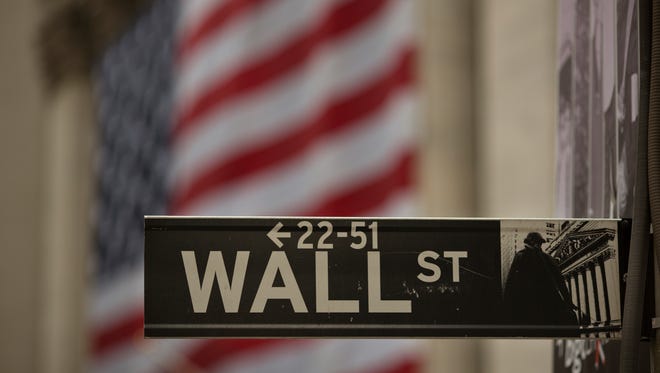State Street using investment power to get more women on boards

NEW YORK -- One of the investment world's larger players said Tuesday that it plans to use its considerable influence to compel companies to put more women on their boards of directors.
State Street Global Advisors, which had $2.47 trillion under management at the end of last year, wants the more than 3,500 businesses that benefit from its clients' investments to make sure their governing boards are diverse. And if they don’t, it will seek to push out those responsible for proposing new directors by voting against them.
“A key contributor to effective independent board leadership is diversity of thought, which requires directors with different skills, backgrounds and expertise,’’ Ron O’Hanley, State Street Global Advisors' CEO said in a statement. “Today, we are calling on companies to take concrete steps to increase gender diversity on their boards and have issued clear guidance to help them begin to take action.”
In January, executive data firm Equilar found that at the current rate, it will take until the end of 2055 before boards of directors at companies that are part of the Russell 3000 will have equal numbers of men and women.
At the end of last year, Equilar said women occupied 15.1% of the board seats in those same companies. That's up from 13.9% a year earlier.
State Street, based in Boston, cites numerous studies that show businesses have a stronger financial performance when women are in senior positions. It points to a study by MSCI, a stock fund index research firm, that determined that when women were key decision makers, those businesses saw an annual 10.1% return on equity as compared to 7.4% at companies that lacked a significant number of women in leadership.
State Street also noted a study by McKinsey Global Institute in 2015 that said if women took part in the economy in the same way as men, global GDP would grow up to $28 trillion a year, or by 26%, by 2025.